The Feline Innovators of Community Cohesion: Cats and Their Subtle Role in Fostering Social Unity
- 9 Comments
In an age where digital interactions often outweigh face-to-face connections, community cohesion has become an elusive goal for many neighborhoods. While social initiatives and urban planning efforts aim to bridge the gap, an unexpected ally has emerged in the quest for unity: cats. These enigmatic creatures, often perceived as solitary beings, are quietly playing a significant role in fostering social bonds among community members.
Cats, with their charming antics and magnetic presence, are naturally inclined to explore their surroundings, often venturing beyond the confines of their homes. This tendency to roam has transformed them into unofficial neighborhood mascots, familiar faces that residents look forward to encountering during daily routines. In many communities, these feline wanderers have become focal points for interaction, prompting conversations among residents who might otherwise remain strangers.
Take, for instance, the story of Whiskers, a friendly tabby known to frequent a residential block in Brooklyn, New York. Whiskers’ daily visits have not only made him a beloved figure but have also inadvertently initiated a series of community events. Neighbors began organizing small gatherings and cat-themed parties in his honor, fostering an environment of camaraderie and shared experiences. Whiskers has become a symbol of unity, demonstrating how a single feline can bridge the gap between diverse individuals.
Moreover, the presence of communal cats often promotes a sense of shared responsibility among residents. People come together to ensure the well-being of these animals, whether by setting up feeding stations or creating warm shelters for them during harsh weather. This collective care extends beyond the cats themselves, often serving as a catalyst for broader community initiatives, such as neighborhood watch programs or clean-up events. The mutual concern for a common feline friend lays the groundwork for a more connected and supportive community.
Cats also play a pivotal role in intergenerational interactions. For many children, the sight of a cat perched on a neighbor’s fence provides an opportunity to engage with older residents, who may have stories to share about their feline adventures. These exchanges not only enrich the lives of the younger generation but also offer older adults a chance to impart wisdom and forge meaningful connections.
The influence of cats on social unity is not limited to urban environments. In rural areas, barn cats are often a shared resource among farming families, controlling rodent populations and providing companionship. These cats become a point of common interest, facilitating cooperation and collaboration among neighbors who rely on each other for agricultural support and resources.
Beyond their immediate presence, cats have also inspired community-driven projects that celebrate their impact. Cat-themed murals, local art exhibitions, and social media groups dedicated to neighborhood felines have emerged as platforms for residents to express their appreciation for these animals. These initiatives not only highlight the charm and individuality of each cat but also reinforce a sense of community identity and pride.
While cats may not consciously aim to unify communities, their ability to draw people together is undeniable. By serving as a common interest and a source of joy, cats are inadvertently knitting the fabric of neighborhoods tighter, creating spaces where residents feel connected and invested in one another’s lives. In a world that often feels divided, these silent architects of social unity remind us that sometimes the simplest joys can have the most profound impact. As communities continue to navigate the complexities of modern life, the quiet influence of cats in fostering cohesion remains a testament to their enduring charm and significance.
In an age where digital interactions often outweigh face-to-face connections, community cohesion has become an elusive goal for many neighborhoods. While social initiatives and urban planning efforts aim to bridge the gap, an unexpected ally has emerged in the quest for unity: cats. These enigmatic creatures, often perceived as solitary beings, are quietly playing a significant role in fostering social bonds among community members.
Cats, with their charming antics and magnetic presence, are naturally inclined to explore their surroundings, often venturing beyond the confines of their homes. This tendency to roam has transformed them into unofficial neighborhood mascots, familiar faces that residents look forward to encountering during daily routines. In many communities, these feline wanderers have become focal points for interaction, prompting conversations among residents who might otherwise remain strangers.
Take, for instance, the story of Whiskers, a friendly tabby known to frequent a residential block in Brooklyn, New York. Whiskers’ daily visits have not only made him a beloved figure but have also inadvertently initiated a series of community events. Neighbors began organizing small gatherings and cat-themed parties in his honor, fostering an environment of camaraderie and shared experiences. Whiskers has become a symbol of unity, demonstrating how a single feline can bridge the gap between diverse individuals.
Moreover, the presence of communal cats often promotes a sense of shared responsibility among residents. People come together to ensure the well-being of these animals, whether by setting up feeding stations or creating warm shelters for them during harsh weather. This collective care extends beyond the cats themselves, often serving as a catalyst for broader community initiatives, such as neighborhood watch programs or clean-up events. The mutual concern for a common feline friend lays the groundwork for a more connected and supportive community.
Cats also play a pivotal role in intergenerational interactions. For many children, the sight of a cat perched on a neighbor’s fence provides an opportunity to engage with older residents, who may have stories to share about their feline adventures. These exchanges not only enrich the lives of the younger generation but also offer older adults a chance to impart wisdom and forge meaningful connections.
The influence of cats on social unity is not limited to urban environments. In rural areas, barn cats are often a shared resource among farming families, controlling rodent populations and providing companionship. These cats become a point of common interest, facilitating cooperation and collaboration among neighbors who rely on each other for agricultural support and resources.
Beyond their immediate presence, cats have also inspired community-driven projects that celebrate their impact. Cat-themed murals, local art exhibitions, and social media groups dedicated to neighborhood felines have emerged as platforms for residents to express their appreciation for these animals. These initiatives not only highlight the charm and individuality of each cat but also reinforce a sense of community identity and pride.
While cats may not consciously aim to unify communities, their ability to draw people together is undeniable. By serving as a common interest and a source of joy, cats are inadvertently knitting the fabric of neighborhoods tighter, creating spaces where residents feel connected and invested in one another’s lives. In a world that often feels divided, these silent architects of social unity remind us that sometimes the simplest joys can have the most profound impact. As communities continue to navigate the complexities of modern life, the quiet influence of cats in fostering cohesion remains a testament to their enduring charm and significance.

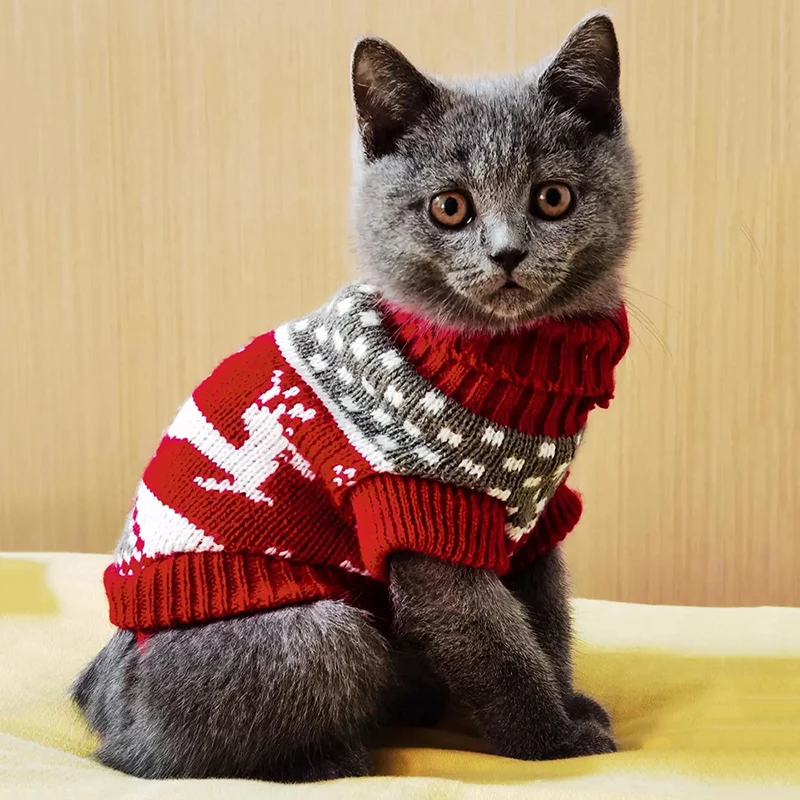
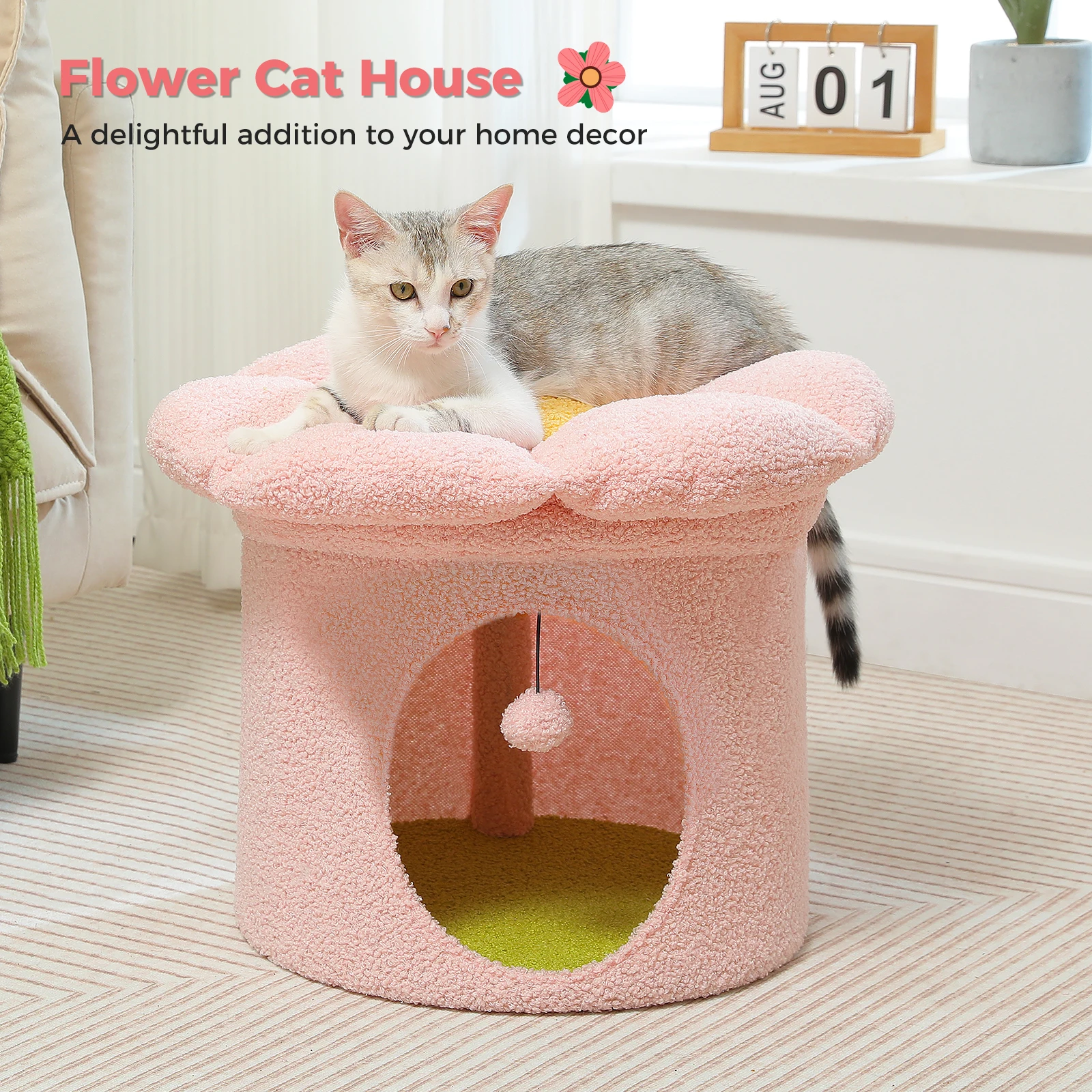
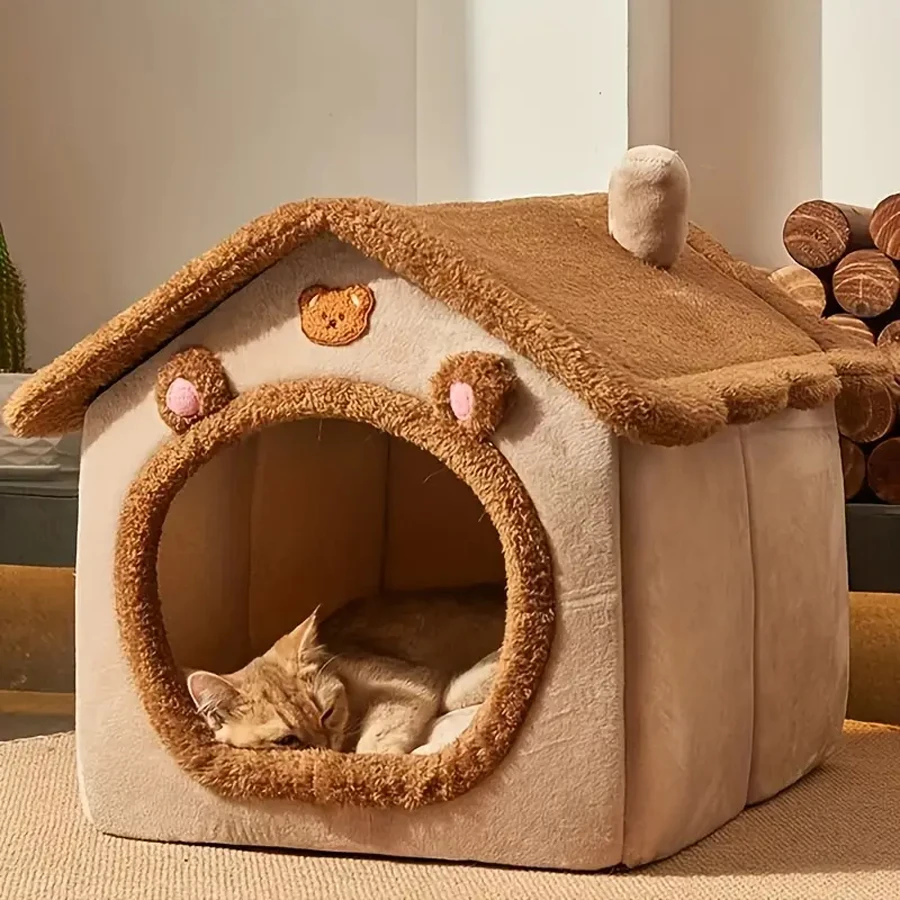

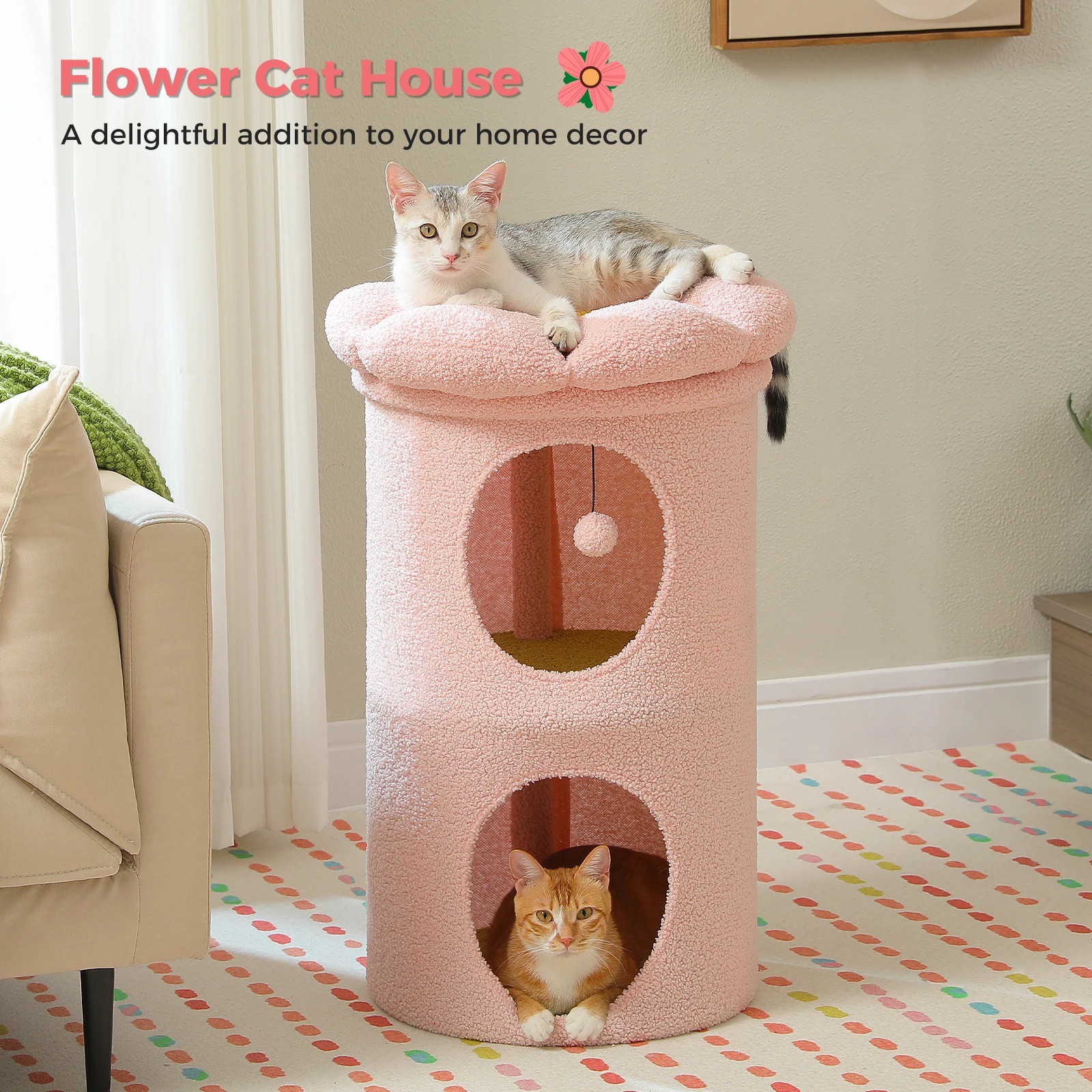

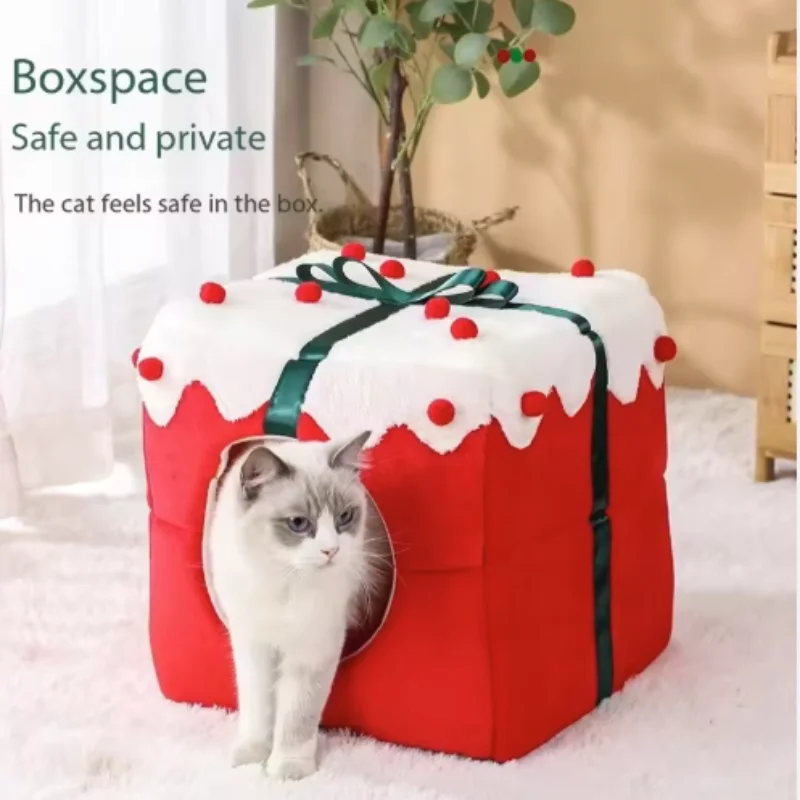

9 thoughts on “The Feline Innovators of Community Cohesion: Cats and Their Subtle Role in Fostering Social Unity”
This insightful piece highlights how cats can unexpectedly bring people together and strengthen community bonds.
This insightful post wonderfully highlights how cats can naturally bring people together and enhance community spirit.
It’s great to see the recognition of cats as catalysts for community connection. Their unique ability to bring people together truly enhances neighborhood bonds.
Absolutely, it’s fascinating how these feline friends can naturally foster neighborhood connections and strengthen community bonds. Their presence indeed brings a unique charm and unity to our daily lives.
It’s wonderful to see how cats can bring people together and enhance the sense of community. Their ability to create bonds and shared experiences is truly remarkable.
Absolutely, it’s fascinating how these feline friends can become such integral parts of our communities. Their presence indeed fosters connections and shared moments among neighbors.
While it’s true that cats can bring people together, it’s important to remember that not everyone appreciates or feels comfortable around them. Some individuals might have allergies or fears that can be overlooked in the broader narrative of community cohesion. It’s crucial to consider these perspectives when discussing their role in neighborhoods.
It’s a valid point that not everyone shares the same comfort level with cats, whether due to allergies or personal fears. While cats can indeed foster community connections, it’s essential to acknowledge and respect the diverse perspectives of all community members. Recognizing these differences can lead to more inclusive discussions and initiatives that ensure everyone feels comfortable and included. Balancing the positive impact of cats with the needs and concerns of residents is key to fostering truly cohesive and harmonious neighborhoods.
Absolutely, it’s crucial to consider everyone’s comfort levels and perspectives. By acknowledging the diverse needs of community members, we can create inclusive initiatives that embrace the positive aspects of having cats around while ensuring everyone feels at ease. Balancing these elements can enhance the cohesion and harmony within neighborhoods.